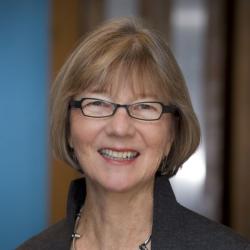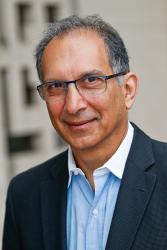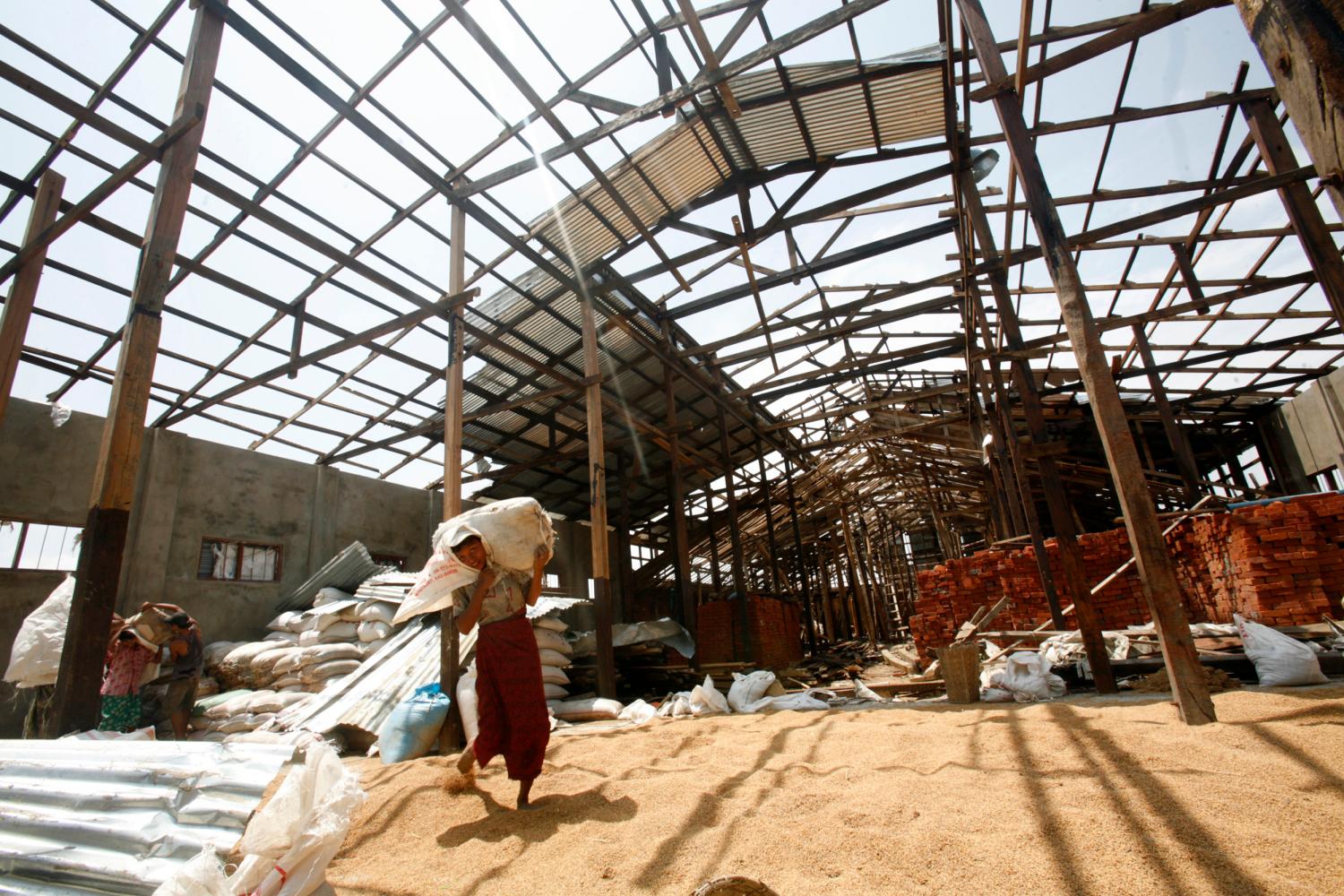Editor’s Note: This report is a full analysis of the third edition of the Quality of Official Development Assistance (QuODA) assessment. The full database and related brief from this assessment as well as an interactive tool is available at the Center for Global Development.
This is the third edition of our effort to measure the quality of official development assistance (QuODA). Since the first edition, much has changed in the world of aid. Most significantly, the Working Party on Aid Effectiveness was replaced in 2012 with a new Global Partnership for Effective Development Cooperation. This multi-stakeholder group is charged with building a better understanding of how all development partners—official, business and in civil society—can work together to improve impact. The Global Partnership has a stronger representation of emerging economies, civil society and of the business sector, and is starting to debate how to leverage and coordinate the growing diversity of financial flows, knowledge and practical experiences to strengthen development impact.
The Global Partnership has already discussed and determined a new set of indicators of aid effectiveness that it will monitor, and has conducted a base-line survey in 2012 from which we draw. But in this paper, we continue to use our previous methodology focused on indicators that were agreed upon as part of the Paris Declaration on Aid Effectiveness and the Accra Agenda for Action in order to monitor the progress donors have made towards their initial commitments.
This third edition of QuODA focuses on changes over time in donor performance. In the first edition of QuODA, we used 2008 data for aid flows and Paris Monitoring Survey indicators for donor compliance with commitments. In this edition, we use 2012 data for aid, 2013 data from the new Global Partnership Monitoring Framework, and 2011 data for Paris indicators that are no longer measured in the new monitoring framework. The mix of years is not ideal, but for all indicators it provides us an opportunity to see whether there has been progress or not over a span of at least 3 to 4 years.
Another major change in the aid environment is the larger number of development partners that now report on their aid activities to the Development Assistance Committee (DAC). Fourteen countries provide substantial information, and although the largest emerging economies like China and India are not included, there is the beginning of a more comprehensive data base on aid that permits examination of whether these donors behave differently from DAC donors in important ways. The Bill and Melinda Gates Foundation now also reports on its activities, so it can be analyzed in the same framework. Of course, the non-DAC donors and the Gates Foundation are not systematically included in the Paris Monitoring Survey or the Global Partnership Monitoring Framework, so the range of indicators across which they can be compared to DAC donors is more limited than the full QuODA framework. Nevertheless, we believe it is useful to start to ask questions about the revealed characteristics of non-DAC development partners, official and philanthropic. It is our hope that data on additional donors will become more comprehensive over time.





